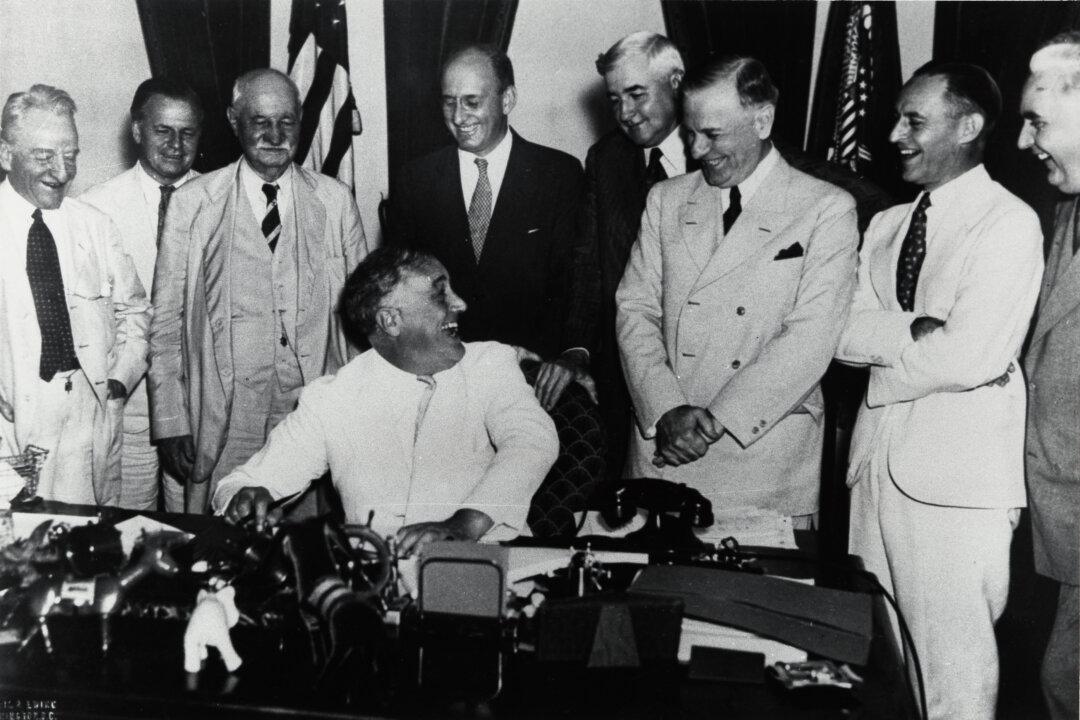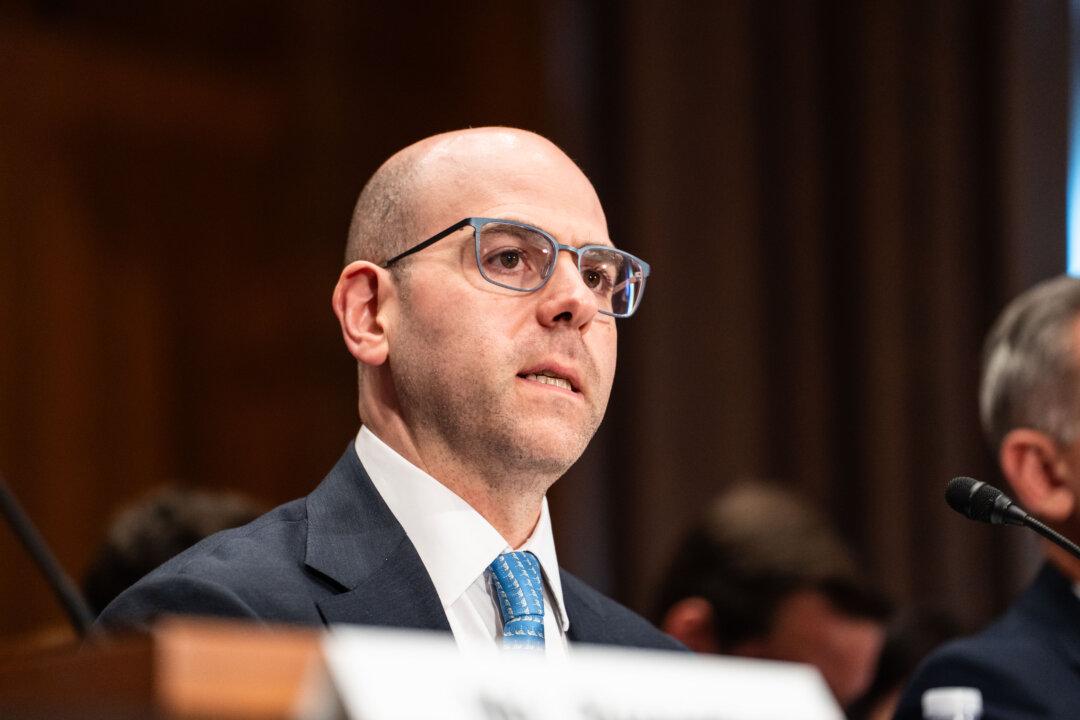Commentary
This year marks the 90th anniversary of the Banking Act of 1935, the law that gave the Federal Reserve its current structure. Often overshadowed by the 1933 act, which created deposit insurance and separated commercial from investment banking, the 1935 act was just as important. By shifting power to Washington and redefining the Fed’s role, it built the framework for modern U.S. monetary policy.



